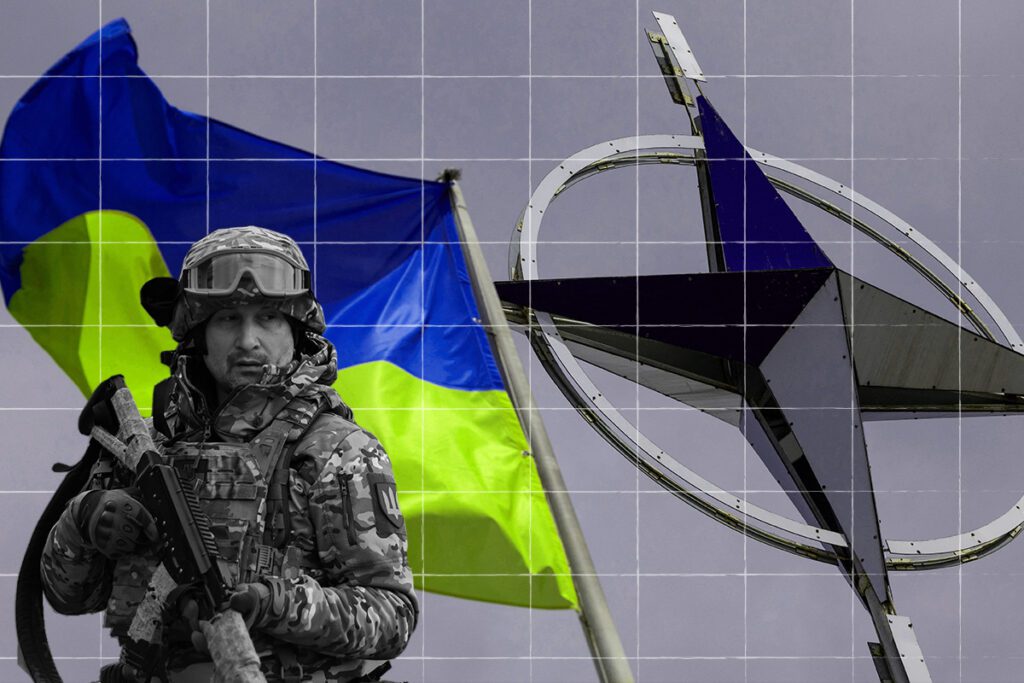Global threats such as terrorism, cyber warfare, and nuclear proliferation have prompted major world powers to adapt their military policies to address these challenges. In this analysis, we delve into the military policies of the United States, Russia, and China as they navigate these global threats. The US focuses on maintaining a strong military presence in key regions and enhancing its cybersecurity and nuclear capabilities. Russia asserts its influence through military power and advanced weapons systems, while China prioritizes territorial claims and investments in its navy and air force. As global threats evolve, understanding these military policies is crucial for assessing international security risks and opportunities. Collaboration among countries is essential to prevent conflicts and maintain global peace.
Navigating Global Threats: An Analysis of Current Military Policy
Introduction
With the rise of global threats such as terrorism, cyber warfare, and nuclear proliferation, countries around the world have had to adapt their military policies to address these challenges. In this article, we will explore the current military policies of major world powers and analyze how they are navigating these global threats.
United States
The United States, as the world’s largest military power, plays a crucial role in navigating global threats. The country’s military policy is centered around maintaining a strong military presence in key regions, such as the Middle East and the Asia-Pacific, to deter potential adversaries and protect its interests.
In recent years, the US has also focused on enhancing its cybersecurity capabilities to defend against cyber attacks from hostile states and non-state actors. Additionally, the country has made efforts to modernize its nuclear arsenal to ensure a credible deterrent against nuclear threats.
Russia
Russia’s military policy is characterized by its assertive stance on the international stage and its emphasis on military power as a tool for projecting influence. The country has been involved in conflicts in Ukraine and Syria, and has used its military to assert its interests in the Arctic and Eastern Europe.
Russia’s military has also focused on developing advanced weapons systems, such as hypersonic missiles and unmanned aerial vehicles, to maintain a technological edge over its adversaries. The country has also invested in its cyber warfare capabilities to conduct offensive operations in cyberspace.
China
China’s military policy is focused on asserting its territorial claims in the South China Sea and expanding its influence in the Asia-Pacific region. The country has invested heavily in its navy and air force to project power beyond its borders and protect its economic interests.
China has also made significant advancements in cyber warfare and has been accused of conducting cyber attacks against other countries to steal sensitive information and disrupt critical infrastructure. The country’s military modernization efforts have raised concerns among its neighbors and the international community.
Conclusion
As global threats continue to evolve and proliferate, countries around the world must adapt their military policies to address these challenges. The analysis of the current military policies of major world powers reveals a complex landscape of competing interests and strategies for navigating global threats.
By understanding the approaches taken by countries such as the United States, Russia, and China, policymakers can better assess the potential risks and opportunities in the international security environment. It is crucial for countries to work together to address common threats and prevent conflicts that could escalate into larger military confrontations.
